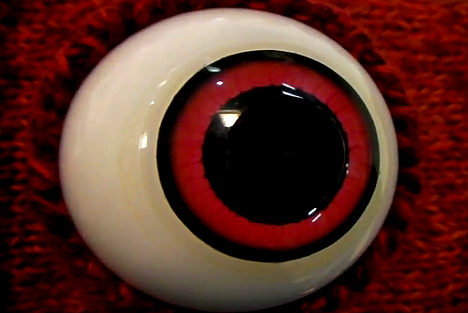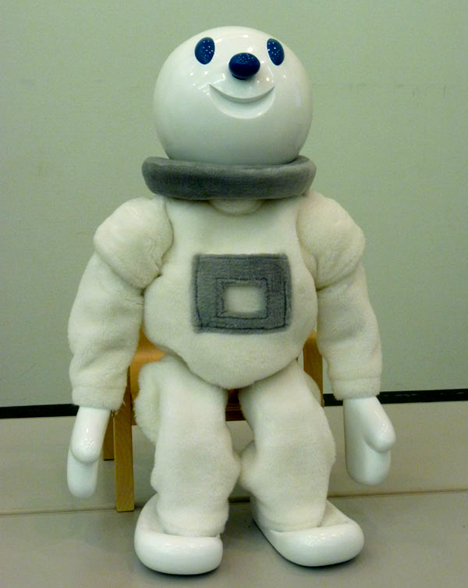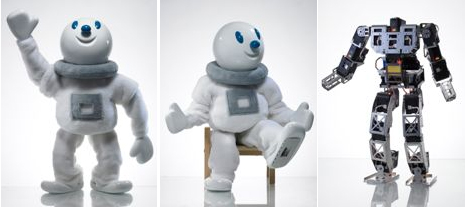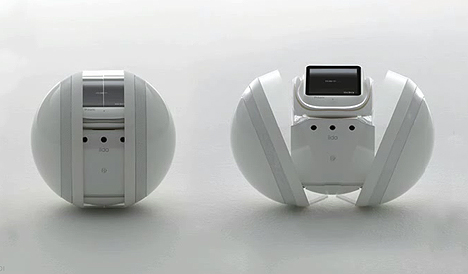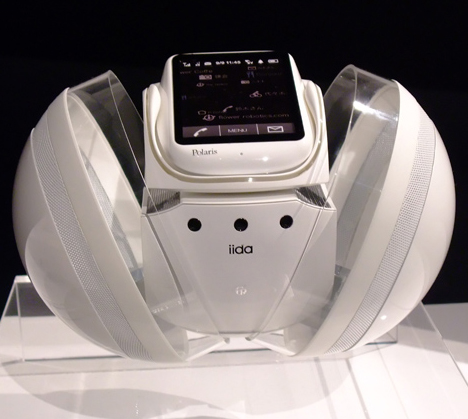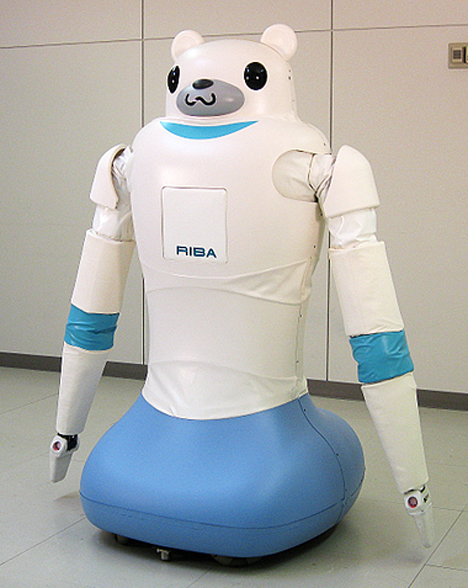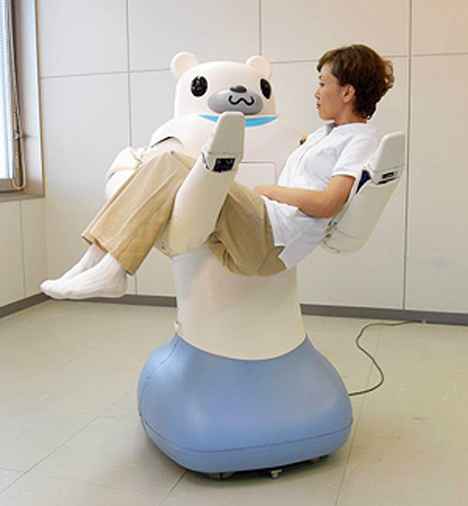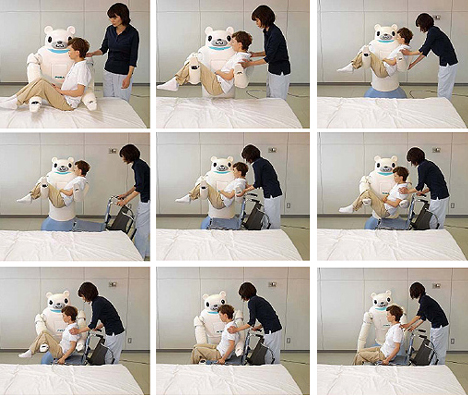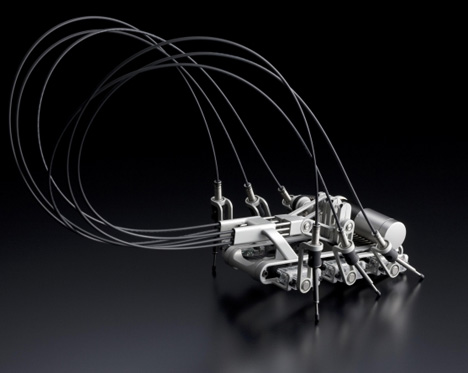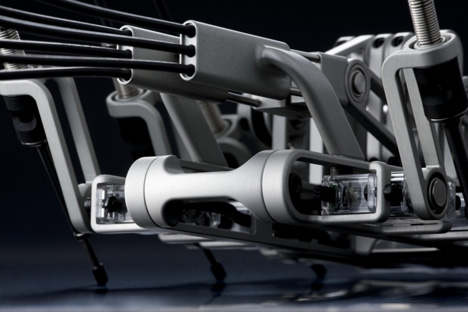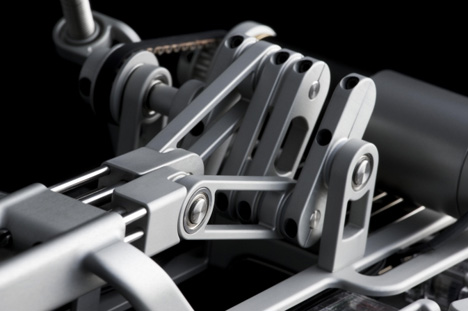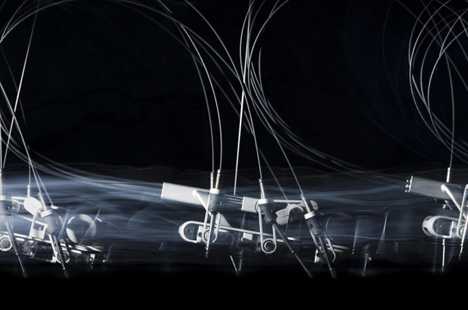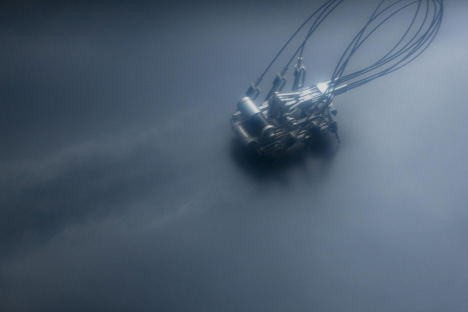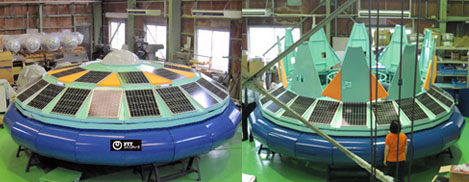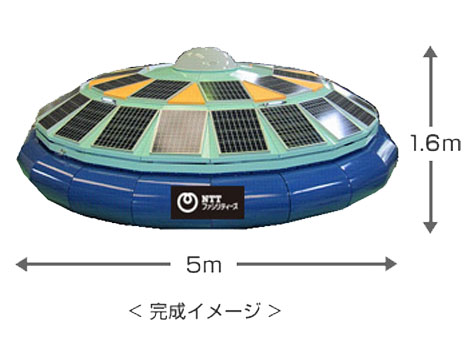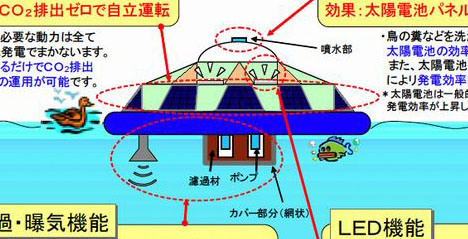Hundreds of companies have gathered to showcase their latest technology at CEATEC Japan 2009, the largest consumer electronics trade show in Asia, which is being held at Makuhari Messe near Tokyo until October 10. Here are a few photos from the event.
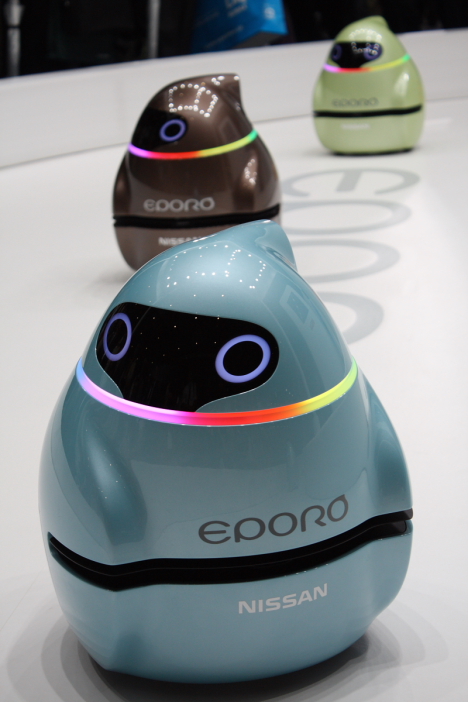
Nissan EPORO robots [+]
Nissan stole the show with their demonstration of the EPORO robot concept car, which travels in groups and is designed to avoid obstacles and collisions by mimicking the behavior of fish. [More]
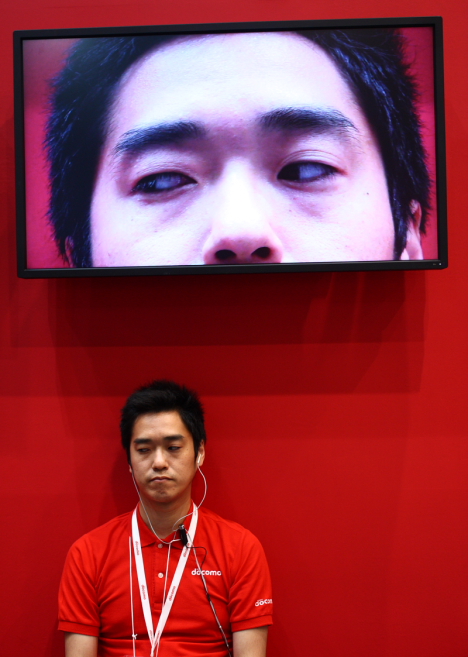
NTT DoCoMo's eye-controlled music player [+]
NTT DoCoMo showcased a set of earphones that enable the wearer to control a music player simply by shifting his or her eyes. Electrodes embedded in the earphones detect the subtle changes in eye movement.
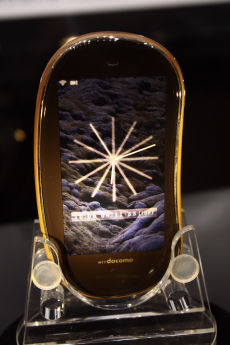
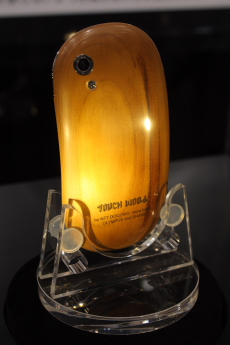
TOUCH WOOD: Front [+] // Back [+]
NTT DoCoMo's TOUCH WOOD prototype handset is made from the surplus wood of trees culled during forest-thinning operations. [More]
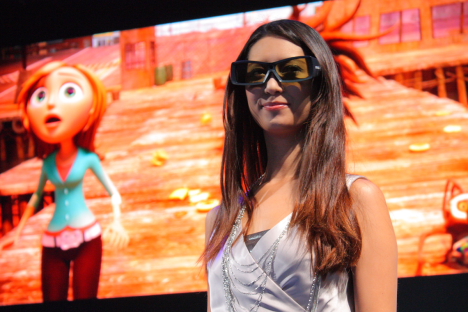
A model wears special glasses to promote Sony's 3D Full HDTV displays [+]
Sony's booth featured a variety of new 3D Full HDTV displays, and the accompanying presentation starred a pair of models wearing special 3D glasses.
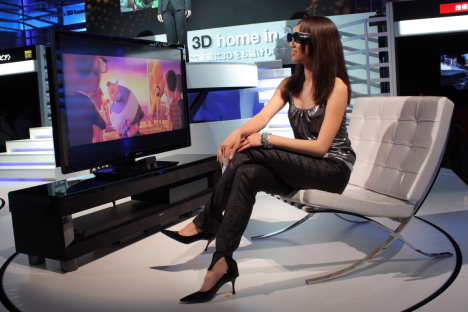
A model wears special glasses to promote Sony's 3D Full HDTV displays [+]
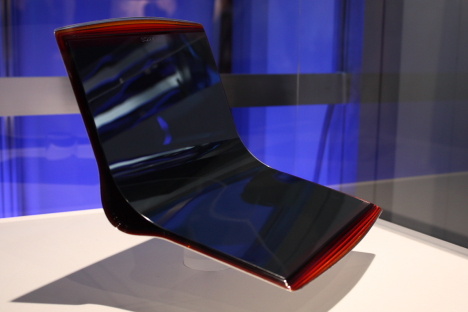
Vaio concept [+]
Sony also displayed a few concept items incorporating their flexible display technology, such as this future Vaio notebook.
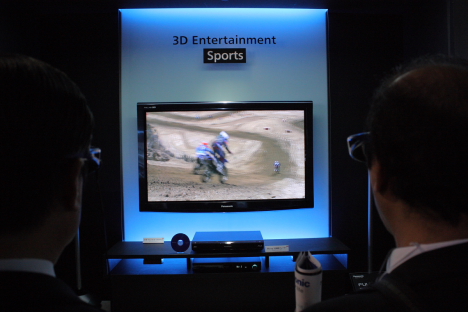
Panasonic 3D Full HDTV PDP [+]
Panasonic exhibited their latest 3D display technology, which includes 50" 3D Full HDTV plasma displays.
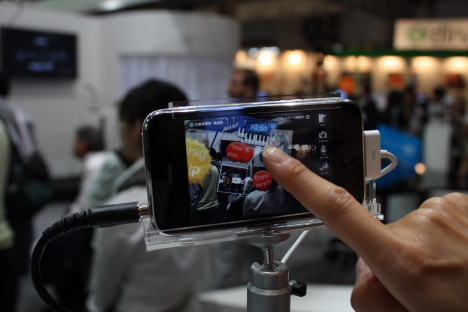
Sekai Camera [+]
Sekai Camera, an augmented reality social tagging application for the iPhone, was on display at the Yamaha booth. [More]
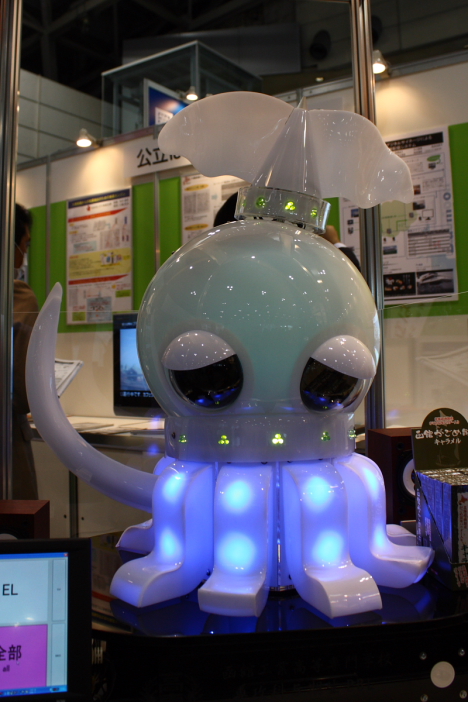
Squid robot 1 [+]
Representatives from Hakodate showcased a pair of squid robots designed to attract attention to their area. The robots are part of an unorthodox campaign that includes some entertaining tourism promotion videos. [More]
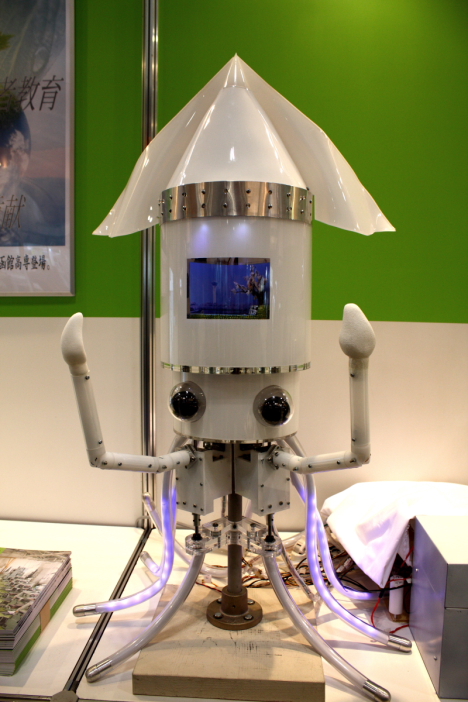
Squid robot 2 [+]
Fujitsu exhibited a selection of interesting concept phones submitted by participants in the mobile phone design competition.
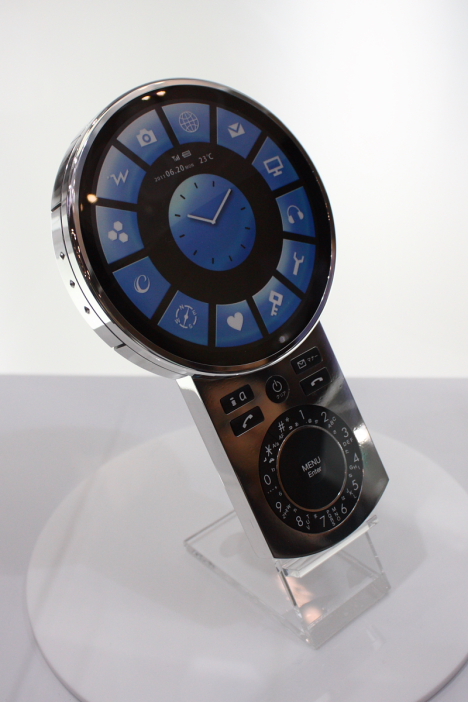
F-Circle: Fujitsu concept phone [+]
The F-Circle phone, designed by Yuji Ito, has a "timeless" appearance that departs from the typical rectangular mobile shape.
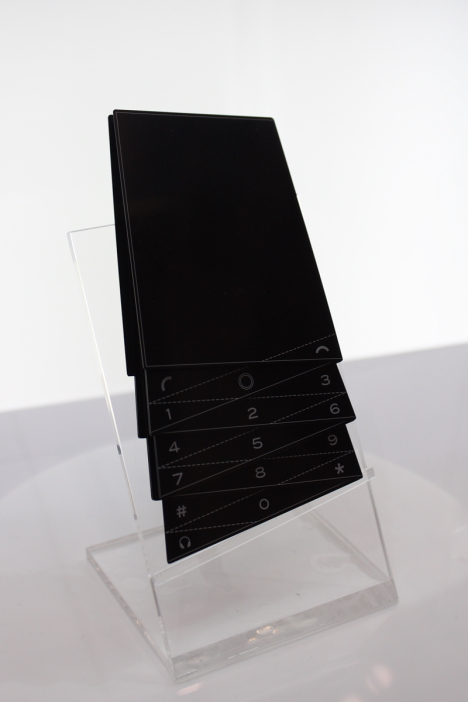
FOLD-A-PHONE: Fujitsu concept phone [+]
Designed by Hanna Sahlen and Sachiko Munakata, the FOLD-A-PHONE is a paper-thin handset that can be folded into a compact shape. The design was inspired by the "Miura-fold" origami method.
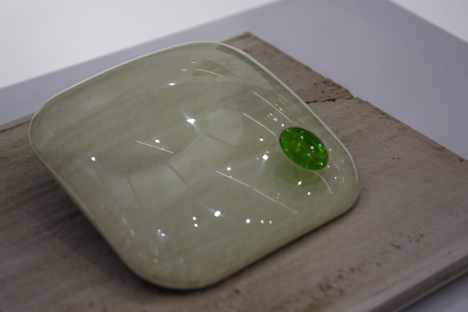
chamelephone: Fujitsu concept phone [+]
The chamelephone, designed by Hiroyuki Tabuchi, has a body that changes its appearance to match the texture of the surface it is placed on.
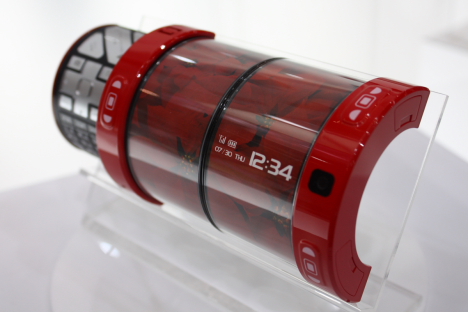
KAORA: Fujitsu concept phone [+]
Designed by Wataru Igarashi, the KAORA concept features a curved design that can assume various configurations to suit different uses.
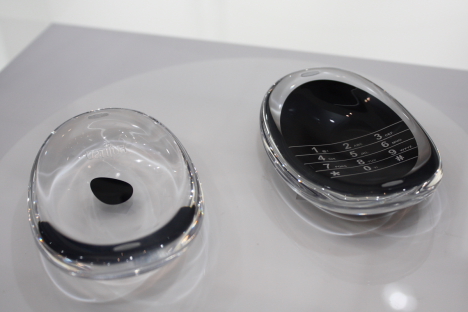
Amoeba Phone: Fujitsu concept phone [+]
The Amoeba Phone (designed by Kwak Yeon), whose entire surface is a touchscreen, has a concave shape designed to fit the user's face when they are talking on the phone.
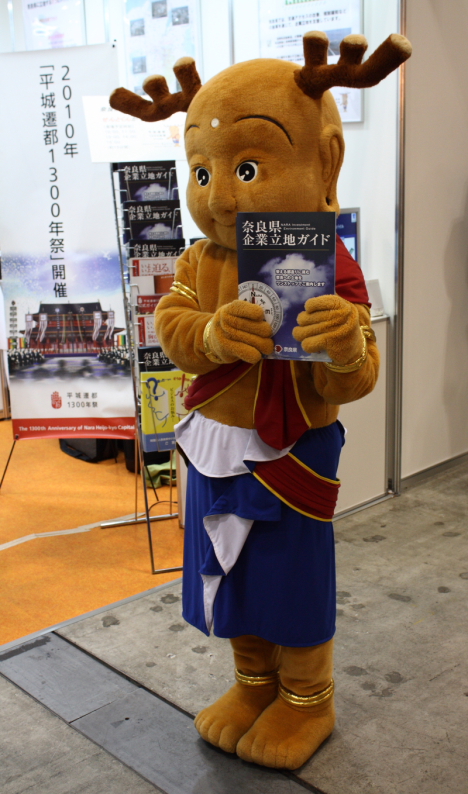
Sento-kun [+]
Sento-kun, the official mascot character for next year's Commemorative Events of the 1,300th Anniversary of the Nara-Heijokyo Capital, was on hand to promote investment in Nara prefecture.




